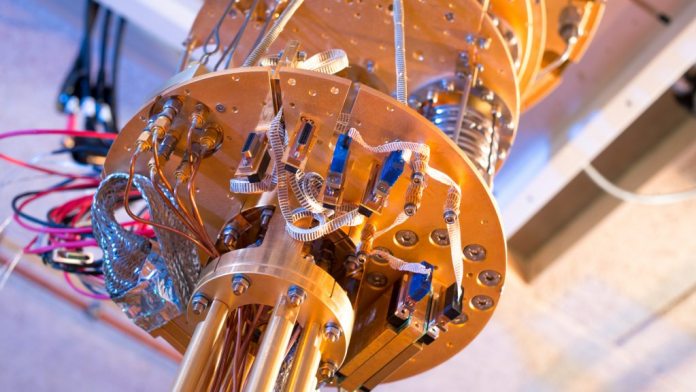The leadership team of that project now works for Microsoft, including Muntaquim Chowdhury, Thomas Speier, Michael McIlvaine, and Wayne Smith. Design managers Michael Underkoffler and Ketan Patel have apparently joined Microsoft too, as well as a number of engineers. It gets stranger, though. Due to the incredible volume of former Qualcomm employees, Microsoft is hosting them in the same city, Raleigh, North Carolina. To make the transition even more painless, they’re even working out an building previously rented by Qualcomm.
Unparalleled Benefits
Obviously, none of this has come cheap. It’s no secret that Microsoft is betting massively on its Quantum efforts. Some sources say it’s now spending up to a billion per year on the tech and has been working on it for close to 20 years. However, if it can beat Google, IBM, and Intel to the punch, it will go down in history. Unlike regular computers, Quantum ones won’t be locked to 1’s and 0’s. They’ll be able to be both or anywhere in-between simultaneously via the use of Quibits. The result will be an incredible leap in computing power and perhaps the defining technology of the century. Theoretically, they can be millions of time more efficient than current computers, and able to crack some encryption practices with ease. But creating Quibits has proven difficult. While IBM, Intel, and Google have all created them, stability is a big issue. The electrical noise in their techniques has made for solutions that aren’t very useful for practical purposes. Microsoft is doing things a little differently. Its plans hinge on an elusive and previously unproven particle called the Majorana fermion. In March, the company clearly formed a fermion for the first time and is now looking to weave them together to create Qubits. Once it does, it won’t be a solution that consumers can hold. The solutions require temperatures close to absolute zero and take up entire rooms. Instead, Microsoft wants to use its computer as a co-processor and let devs deploy applications via Azure. It expects to have a solution in around five years time but is yet to demonstrate the creation of a single Qubit. When it does, its stability could allow it to scale faster than competitors.




